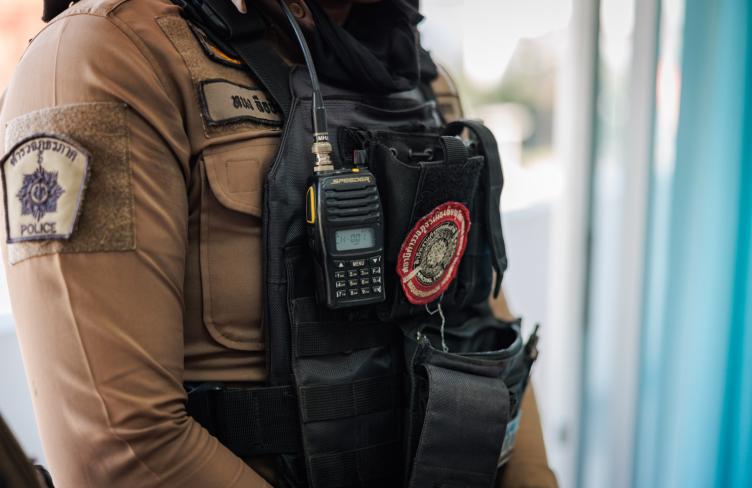
A key resource to assist national human rights institutions (NHRIs) in their work to prevent torture and ill-treatment has been fully revised to include a focus on the gender dimensions of torture prevention.
Preventing Torture: An Operational Guide for National Human Rights Institutions, a joint publication of the APT and the Asia Pacific Forum of National Human Rights (APF), also includes important developments in torture prevention, including those relating to NHRIs, since the original guide was published in 2010.
We hope this Guide will be a practical tool for NHRIs as they plan and undertake torture prevention activities, ensuring that such violations of human rights can no longer take place.
Barbara Bernath, APT Secretary General
“Because they are independent bodies with a unique mandate, NHRIs can play a powerful role to identify and address the root causes of torture and ill-treatment in places of detention,” APT Secretary General Barbara Bernath said.
“By engaging with government, law enforcement, detaining authorities and others in the justice system, they can promote changes to laws, policies and practices that safeguard the rights and dignity of people deprived of liberty.”
Preventing Torture provides concrete advice on a range of key topics, such as: monitoring places of detention; investigating allegations of torture; promoting legal and procedural safeguards; training public officials; conducting public inquiries; and engaging with regional and international human rights mechanisms.
It also includes information on establishing an effective legal framework for torture prevention, as well as an overview of the Optional Protocol to the Convention against Torture and the role and functions of national preventive mechanisms.
Importantly, the Guide considers the gender dimensions of torture prevention across all aspects of an NHRI’s work.
“While every person deprived of liberty is in a situation of vulnerability, we know that some groups, including women and LGBTI+ persons, can face heightened risks when they are detained or imprisoned,” Ms Bernath said.
“It is vital for NHRIs and other national, regional and international actors to integrate gender into their torture prevention work,” APF Chairperson Professor Rosalind Croucher said.
“This includes considering the intersectionality of identities that compound many of the risk factors associated with torture and ill-treatment.”
The Guide includes a range of practical strategies for NHRIs to consider, from applying a gender lens when reviewing existing and proposed legislation; integrating gender considerations in their detention monitoring practices and when interviewing detainees; and raising public awareness of issues relating to women and LGBTI+ persons deprived of liberty.
Preventing Torture also features good practice case studies from NHRIs in the Asia Pacific and other global regions.
Download Preventing Torture: An Operational Guide for National Human Rights Institutions

